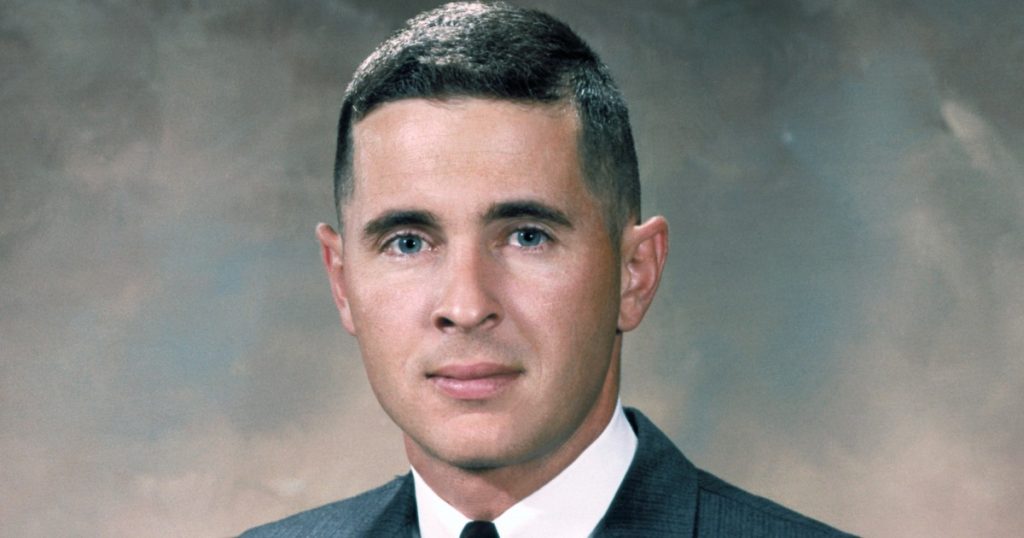In 1968, during the Apollo 8 mission to orbit the moon, astronaut Bill Anders captured a photograph known as “Earthrise,” which showed Earth rising over the lunar horizon. This iconic image was unexpected, as Anders’ main task was to take pictures of the lunar surface. Despite the photo not being part of the flight plan, Anders was captivated by the beauty of the Earth from space. The colorful and delicate nature of the planet impressed him greatly, leading to a new perspective on Earth’s fragility.
In a 2018 interview on the “TODAY” show, Anders reflected on the impact of seeing Earth rise over the moon during the Apollo 8 mission. He expressed his awe at the beauty of the planet and its colors, which stood out in the darkness of space. Anders believed there was a one in three chance of not surviving the mission, highlighting the risks involved in space exploration at the time. Despite this, he continued to carry out his duties, ultimately capturing the first full-color photo of Earth from space, which became his favorite shot.
Born in Hong Kong in 1933, Bill Anders had a successful career as a fighter pilot in the Air Force before being selected as an astronaut in 1964. He was the backup pilot for the Gemini XI and Apollo 11 missions, the latter being the first manned mission to land on the moon in July 1969. Anders’ experience as an astronaut and his groundbreaking photo of Earth from space inspired future generations of astronauts and explorers. Former astronaut and Senator Mark Kelly described Anders as an inspiration who changed the way we view our planet.
Anders’ love for flying and his passion for exploration were evident throughout his career, as he reflected on his time in space during interviews. Despite the risks involved in space travel, Anders remained dedicated to his mission and continued to pursue his passion for exploration. Even years after his time in space, the memory of seeing Earth rise over the moon remained a powerful and emotional experience for Anders, demonstrating the lasting impact of his time as an astronaut. His contributions to space exploration and his iconic “Earthrise” photograph continue to inspire and captivate audiences around the world.


